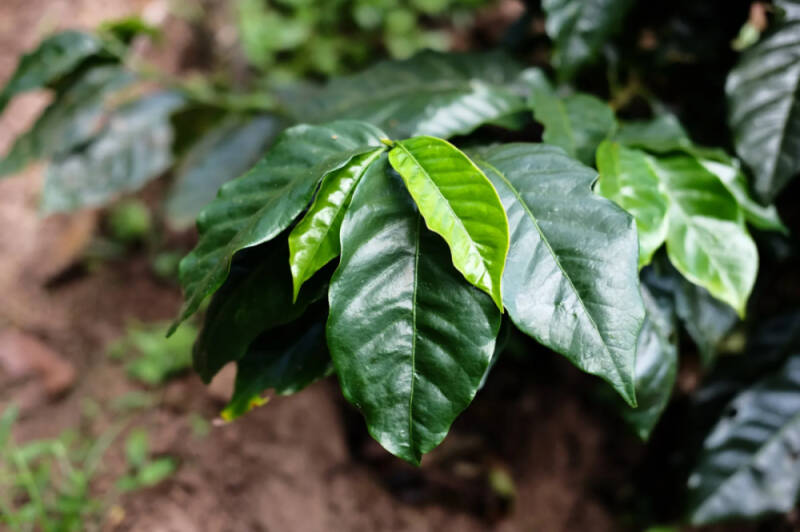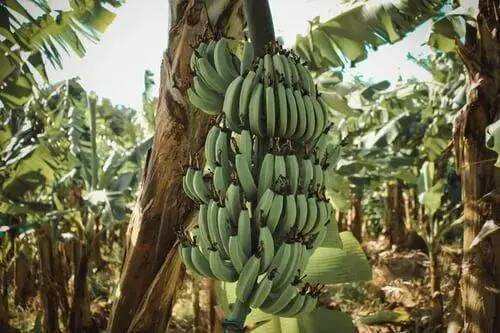Brandy barrel fermentation, introduction of Honduran litchi orchid coffee beans
Honduras is located in the north of Central America, bordering Nicaragua, El Salvador and Guatemala. It is also a land and sea preparation country, bordering the Caribbean Sea to the north and the Gulf of Fonseca in the Pacific Ocean to the south. Honduras is one of the least developed countries in Latin America, and agriculture is the main industry, so coffee production plays an important role in the country. It became the largest coffee producer in Central America in 2011.

More than 3/4 of the territory of Honduras consists of mountains and plateaus, with mountains extending from west to east and plateaus inland. Honduras has a tropical climate, coastal areas have a tropical rain forest climate, with an average annual temperature of 23 ℃, abundant rainfall, and forests account for half of the country's area, complex and mountainous terrain, diverse climate, mild temperature and adequate rainfall make the country very suitable for coffee cultivation.
Coffee development in Honduras
According to the earliest historical records, coffee was first introduced to Honduras by Spanish merchants in the late 18th century and was grown on a small scale. However, because coffee is a long-term investment, it will take many years to get a return, so many farmers can't wait so long, so they grow crops such as bananas. It was not until the end of the 19th century that Honduran coffee passed its infancy and had many small coffee plantations. However, due to the lack of orders and infrastructure such as ports, Honduran coffee beans are basically produced and sold on their own.

This continued until the mid-20th century, when roads and stable infrastructure across Honduras made it easier for crops to export, and banana production began to decline, leading to the gradual rise of coffee beans to replace bananas. With the continuous improvement and improvement of coffee processing technology and transportation capacity, it has made remarkable development in the coffee market in the past 20 years, and now it has become one of the top ten coffee exporters in the world.
Masaguara Masaguara
In 1970, the Honduran Coffee Institute (IHCAFE) was established by the Honduran government to help local coffee farmers improve their techniques and quality, and was divided into six producing areas: copan, opalaca, montecilos, Gongma Agua conayagua, Akata agalta tropical and Paraso el paraiso, averaging more than 1100 meters above sea level.
In the Montesius producing area, there are many excellent sub-producing areas, including Masaguara. This is also the highest elevation among the six major producing areas, planting at 1200-1600 meters above sea level.
Barrel fermentation
When it comes to barrel fermentation, everyone may think of Shirley in Honduras, but in fact, the first person to use barrel fermentation to process coffee is the San Jose Manor in Colombia. Because the owner of the estate not only owns the coffee farm, but also engaged in the production of rum oak barrels and the brewing of rum. So he suddenly wants to ferment the coffee beans in a barrel that has been brewed, trying to produce the same flavor as the wine. The trial began in 2013 and did not successfully produce the desired flavor and put it on the market until 2017.
Later, Moca Manor in Honduras also used barrel fermentation to treat coffee beans, and also tried to ferment coffee beans in whisky sherry barrels and brandy barrels. At present, Qianjie Coffee has these two types of fermented coffee beans from Mocha Manor, of which the more special is litchi orchid coffee beans.
The litchi orchid coffee beans in Qianjie are treated in brandy barrels. After collecting the beans, they will be washed, then fermented in brandy oak barrels at medium temperature (15-20 ℃) for 30-40 days, and then dried after fermentation.
Front Street Coffee Honduras Moca Manor Litchi Orchid Coffee producing area: Masaguara Manor / processing Plant: Moca Manor elevation: 1500-1700 meters above sea level: Kaddura Kaduai treatment: delicate washing + brandy barrel fermentation flavor: litchi brandy cream chocolate honey
In front of the street, this coffee bean will be boiled with 92 ℃ of water and will smell the wine. The taste will be full of lychee, brandy, cream and chocolate, with a honey-like sweetness.
Important Notice :
前街咖啡 FrontStreet Coffee has moved to new addredd:
FrontStreet Coffee Address: 315,Donghua East Road,GuangZhou
Tel:020 38364473
- Prev

Cuisine Special +1! Netizen: Crab shell after eating cup latte!
▲ Click to follow| Daily Boutique Coffee Culture Magazine Coffee Workshop In the field of creative coffee, free-wheeling baristas can always sprout some strange ideas, practice "everything can be coffee" with actions, and strive to integrate coffee with local specialties to create a unique signature. And so, coffee.
- Next

No phone calls, no reply! Lucky stores are difficult to contact!
▲ Click to follow | Daily boutique Coffee Culture Magazine Coffee Workshop Life there should be many people who missed the merchant's notes or did not carefully read the merchandise options when placing an order, and then realized that they had just made a mistake after placing the order quickly. If it is a third-party takeout platform, just use your fingers within a specified period of time.
Related
- What effect does Italian American coffee with filter paper have? Will coffee taste better if it is put on filter paper at the bottom of the powder bowl?
- What is the color difference in coffee beans? What are the characteristics of honey processed coffee beans? Why are the anaerobically treated coffee beans uneven in color?
- How does novice Xiaobai quickly get started and make coffee? Newbies learn to make coffee by hand and share the specific steps and process process!
- Costa tea has a shelf life of 100 years?! Expert: Unable to verify
- It's a huge uproar! American milk addition was rejected by Manner employees?!
- Mocha pot coffee bean recommendations| How fine and how much powder should be used for grinding? What parameter ratios do I need to use to make milk with Mocha pot coffee?
- What are the characteristics of the world's top ten coffee beans treated with Costa Rica honey? How to make black honey kadura from Tarazhu Pilon Processing Plant taste good?
- How to make deep-roasted coffee? What grinding water temperature does authentic Jamaica Blue Mountain No. 1 coffee use to brew it well?
- Selected high-grade rose summer coffee flavor tasting guide Why Panama rose summer has the aroma of flowers and fruits
- What equipment does a novice Xiaobai need to buy to learn to make coffee? Filter cup electronic scale bean grinder manual flushing pot purchase guide

